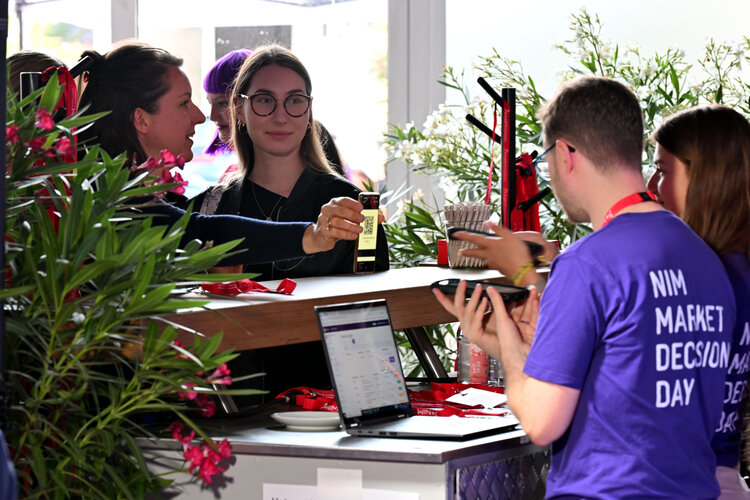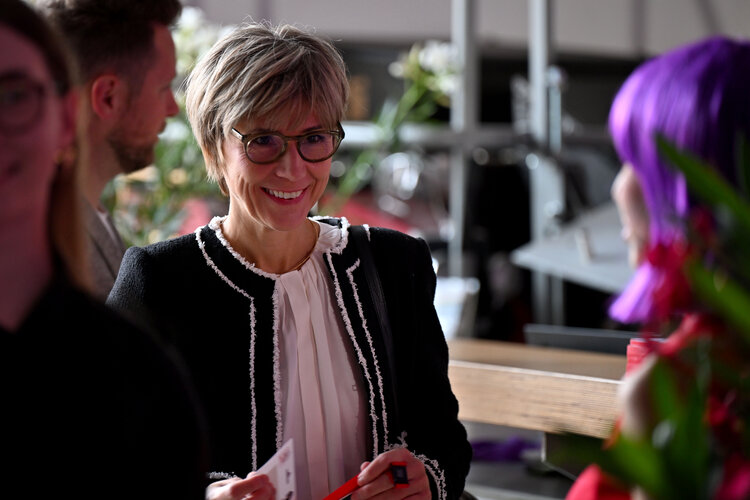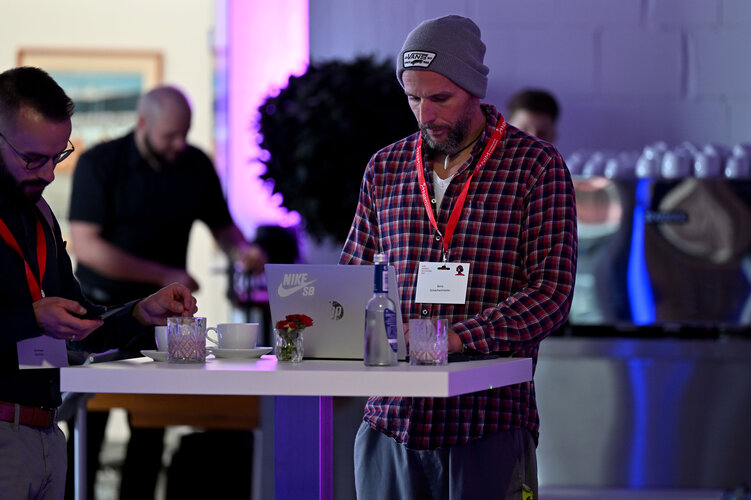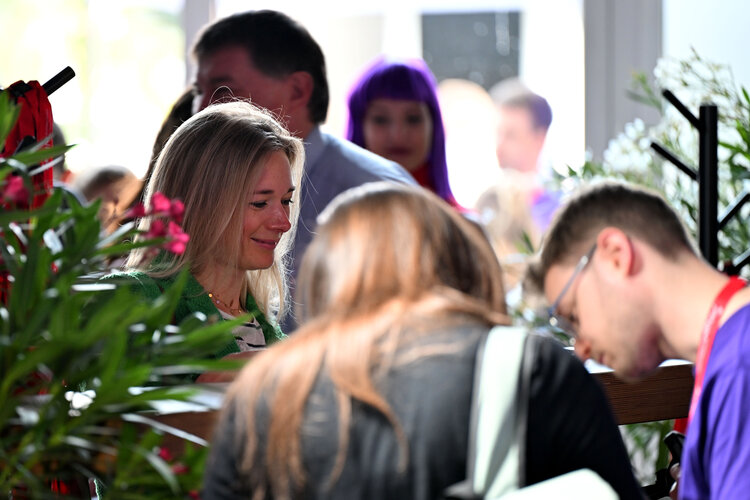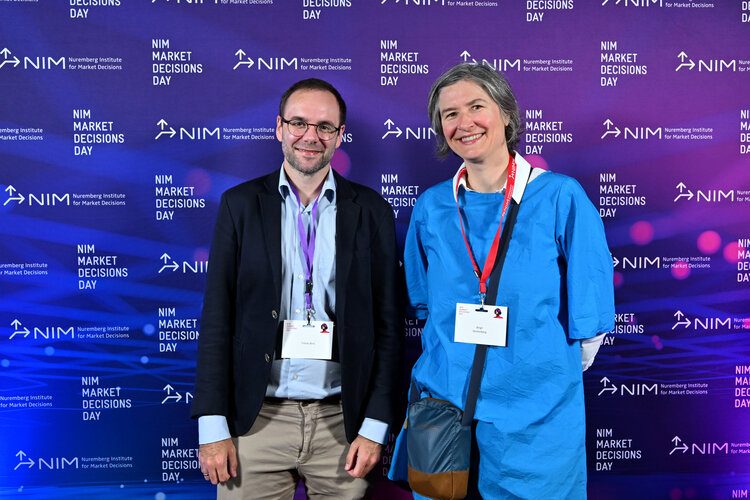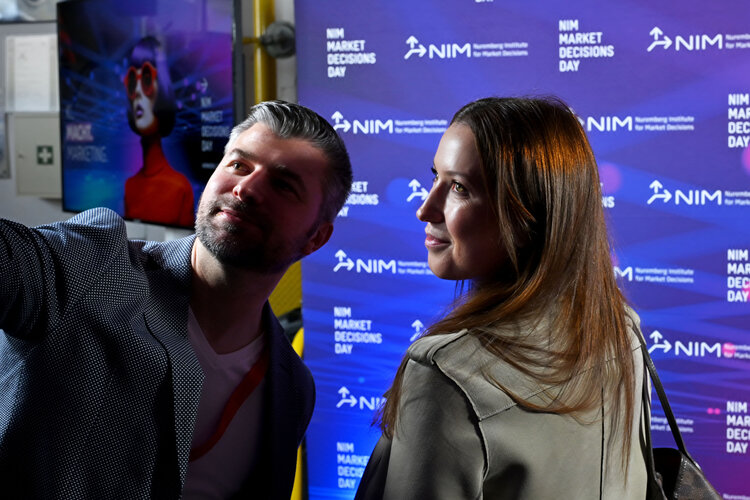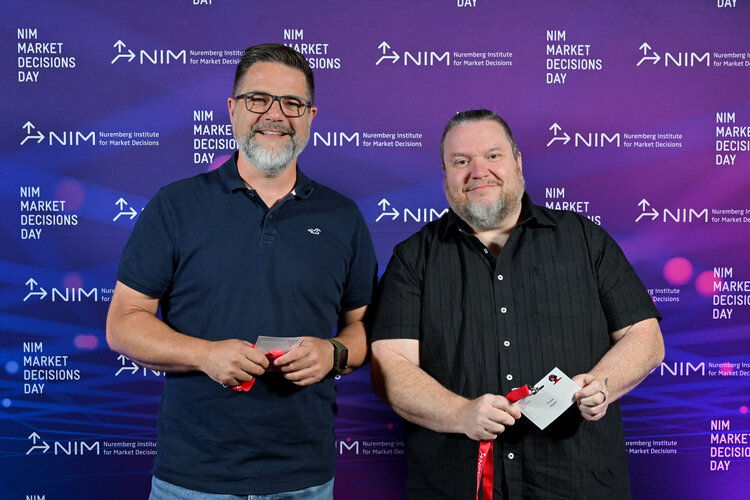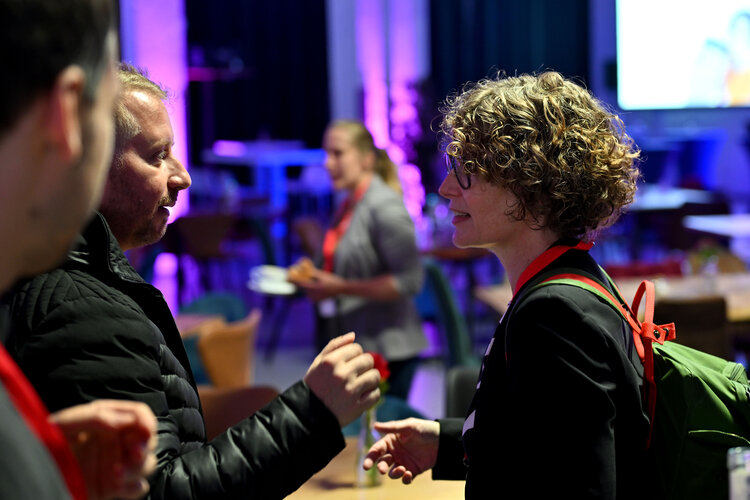
AI. DOES. MARKETING.
Artificial intelligence is changing marketing. Will AI take over power in marketing in the future?
Or will AI (only) be a supporter?
The topics were:
- Use cases of AI from marketing practice for new customer experiences
- Current developments in AI technology and applications in marketing
- AI as a key factor for more efficiency in marketing
- Future prospects for AI in marketing and trends
- AI as a new "power" to influence consumer decisions
- Ethical challenges associated with the use of AI in marketing
Among the Top Speakers Were:

Moderator: Nadia Kailouli
ARD television presenter and AI podcaster

Ranga Yogeshwar
Science journalist and presenter

Zack Kass
AI futurist and former Head of Go-To-Market at OpenAI

Prof. Dr. Alena Buyx
Former Chairwoman of the German Ethics Council

Head of Future & Trends, NIM

Urs Meier
CCO, Garden of Youth
PROGRAM
The NIM Market Decisions Day "AI. DOES. MARKETING." took place on Wednesday, July 3, 2024 from 9:30 a.m. to 4:30 p.m. in Nuremberg at the Ofenwerk.
The agenda with top-class experts from science and practice focused on the topic of "AI in marketing". We discussed, for example, whether AI will take over power in marketing in the future or whether it will (only) be a supporter – and what new customer experiences marketing can create using innovative AI tools. Specific use cases and ethical aspects of the use of AI were also on the agenda.

BREAKOUT-SESSIONS
The breakout sessions have become a popular and therefore integral part of the NIM Market Decisions Day. This year, NIM researchers have once again presented current insights from their research projects - on the topic of "AI in marketing".

Virtual Characters in Marketing: Between Trust and Discomfort
Influencers and digital assistants are playing an increasingly important role in marketing. Do these characters have an influence on consumers and their purchasing decisions?

The Use of ChatGPT & Co. by Consumers
The launch of ChatGPT has given a huge boost to the use of generative AI among the population. How do people in Germany, the United Kingdom and the United States currently deal with the technology, what opportunities do they see when shopping, and how do they rate the opportunities and risks for everyday life and democracy? A three-country comparison.




